In this article
View 8 More +A Border Collie Lab mix is also commonly called a Borador. This lovable dog is a combination of two of North America’s most popular breeds.1 This highly intelligent and energetic pup is best suited for active families that can keep up with their exercise needs.
Breed Overview
Height:
19–22 inches
Weight:
40–60 pounds
Lifespan:
10–12 years
Colors:
Black, white
Suitable for:
Active families and singles
Temperament:
Athletic, lovable, loyal
This hybrid is also a good worker. They are adept herding dogs, and their Labrador Retriever heritage also makes them good gun dogs and retrievers. These pups are relatively easy to train and enjoy having something to keep them mentally occupied. They might become destructive and chew if they get bored and aren’t exercised enough, though.
Are you interested in having an athletic dog around that tends to get along with all kinds of animals and people? Read on to learn more about their temperament and what makes the best homes for them.
Border Collie Lab Characteristics

Border Collie Lab Puppies
Borador puppies are relatively common, so it is somewhat likely that you can find one in a rescue shelter. It is always worth checking such places, anyway, because it enables you to give an abandoned dog a good home. Shelters are also quite a bit cheaper than breeders.
If you decide to go with a breeder, make sure you vet them properly before committing to adopting one of their puppies. Taking proper precautions with where you get your pups from helps ensure that only high-quality breeders who treat their dogs well stay in business. To make sure you aren’t supporting something like a puppy mill, ask to take a tour around their facility. They should be willing to show you where their puppies are raised, so you can guarantee that they are cared for properly.
Before adopting your Border Collie Lab mix puppy, talk to your breeder about their parents, and get evidence of any breeding that they claim to have. Knowing more about the parents and their behaviors and health problems will help you know how your puppy might behave and the health issues to watch out for as they age.
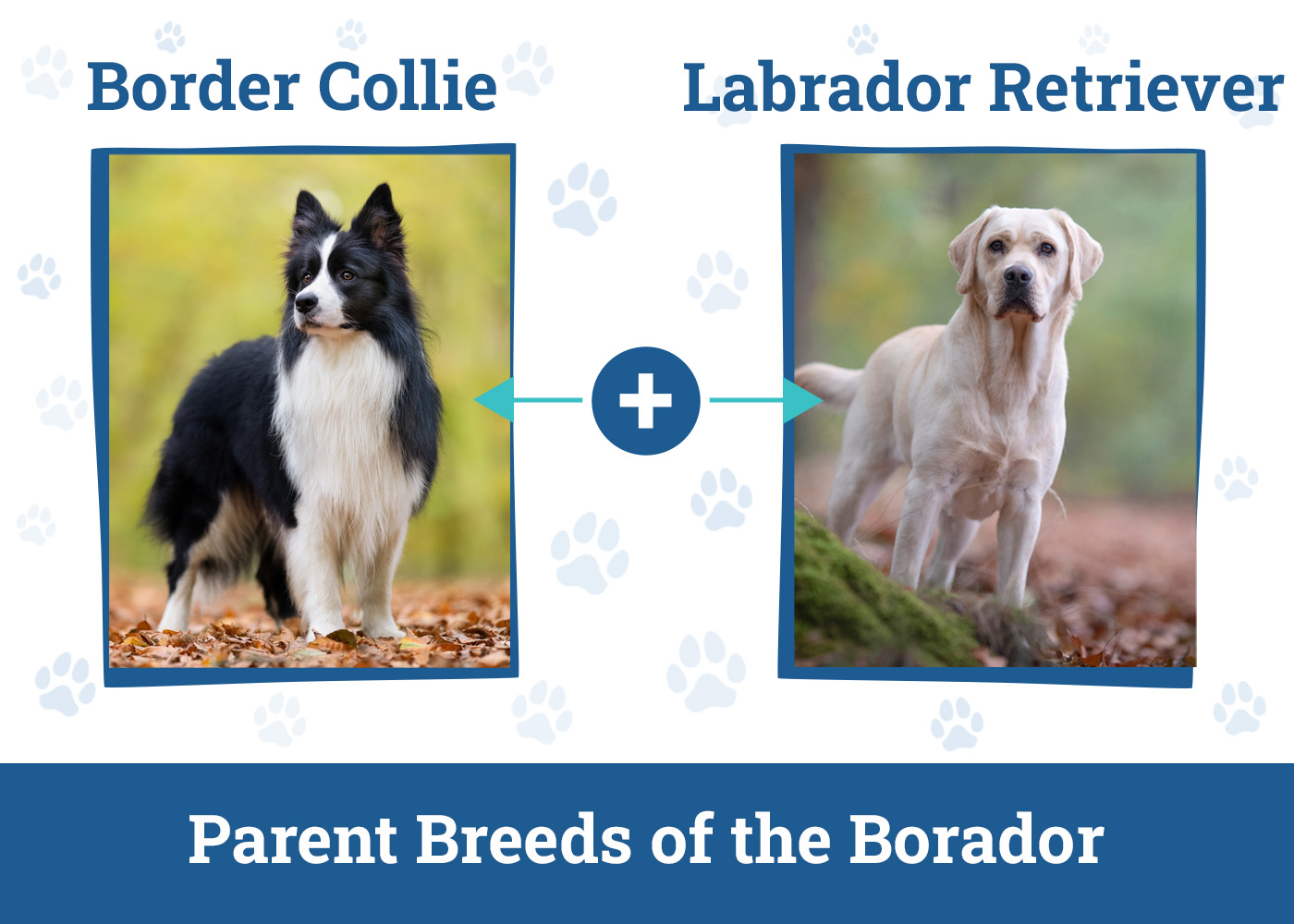
Temperament & Intelligence of the Border Collie Lab 🧠
If you like energetic, happy dogs, the temperament of the Border Collie Lab mix will leave little to be desired. These are outgoing dogs with lovable personalities that tend to get along with almost everyone. Neither of their parents functions as guard dogs for the most part, which means they weren’t bred to be aggressive or aloof.
Instead, when you adopt one of these pups, you should expect a dog that wants to be around you all the time. They love to play games and enjoy getting to run free. Both the Lab and Border Collie tend to be highly responsive, so you might even be able to do off-leash training with them, so they can get extra freedom.
The Borador dog breed is highly intelligent and will be eager to learn new tricks. They want to make you happy, but they also love training because they hate to be bored.
Are These Dogs Good for Families? 👪
The Border Collie Lab mix is a good choice for families. They tend to be exceptionally well-behaved around children and are patient with them even if they are getting climbed on and harassed. It is best to teach your kids how to behave well around any dog, though, even if they have a good temperament.
Does This Breed Get Along With Other Pets? 🐶 😽
The Borador can get along well with other animals, particularly other dogs. They might be territorial if they have gotten used to having their home space to themselves instead of sharing it with any other animals. They also have a bit of a prey drive, so take care when introducing a smaller animal.

Things to Know When Owning a Border Collie Lab
Food & Diet Requirements 🦴
As a medium-sized dog, the Border Collie Lab mix needs plenty of food throughout the day. Since they are crossed with a Lab, they might not have the ability to control the amount that they eat.
Labs are renowned for eating until they get sick, even if they are full. Because of this, you should carefully monitor how much they eat instead of free-feeding them. This is generally better for a dog, anyway, since it enables you to better track how much they eat and monitor any changes in behavior that are displayed through their appetite.
Their age and their activity level mainly determine the amount that a Borador dog needs to eat. If they get as much activity as they need, they should eat quite a bit. Dogs that don’t exercise as much need a smaller amount of food each day.
Exercise 🐕
Exercise is perhaps one of the most critical parts of your dog’s daily schedule. They need to be exercised each day, with at least two walks spanning a total of 2 hours a day. They enjoy playing games of fetch and hide and seek, which should help reduce the amount of walking that you will need to do.
Due to the partial waterproofing of their fur, Boradors make excellent swimmers. They enjoy playing games out in lakes and rivers. Swimming will also help them quickly wear themselves out.
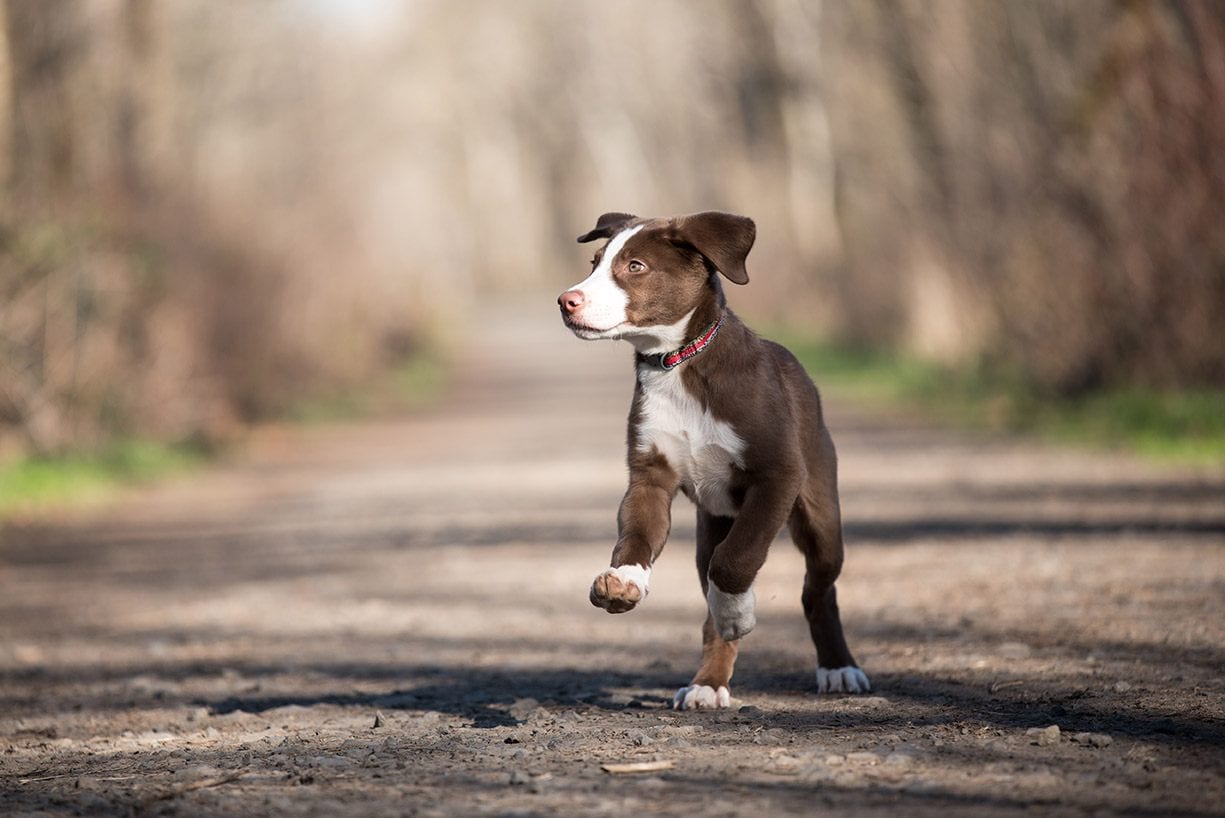
Training 🎾
Training is another essential part of the Borador’s upkeep, since they can become destructive if they aren’t kept mentally occupied. They are highly intelligent and enjoy learning new commands, often getting them right the first time.
You need to use plenty of positive reinforcement with them, though, because they are sensitive to your emotions. Keep them on a consistent schedule so they learn quickly and take it in.
Grooming ✂️
Grooming a Borador is relatively easy because they don’t tend to shed much, though it does depend on whether they inherit the longer coat from a Border Collie. You will want to brush them at least once a week and keep an eye on how waxy their ears get.
You can remove the wax from a dog’s ears using a damp cloth and carefully wiping them out to reduce the risk of an ear infection. You should also brush their teeth and clip their toenails somewhat regularly.
Health and Conditions 🏥
The Borador tends to be quite a healthy dog as long as they get enough exercise. Due to the Border Collie in them, they might struggle with blindness and deafness as they age. Keep an eye out for these conditions, and let your vet know if the parents have a history of health issues.
- Progressive retinal atrophy
- Osteochondritis dissecans
- Hip dysplasia
- Lens luxation

Male vs. Female
Since this breed is not well established at this point, there are no noticeable or marked differences between male and female dogs.
3 Little-Known Facts About the Border Collie Lab
1. The Borador is popular and recognized by most hybrid and designer dog registries
The breeding of designer dogs is a trend that started about 10 years ago. Since many of the breeds created using hybridization are so new, they are not often recognized by any clubs or registries.
That said, the popularity of both of the breeds involved in a Borador’s parentage made this dog common decades before the trend to produce designer dogs. Since they have been around for much longer and in greater numbers, they are recognized by most of the official hybrid clubs and designer dog registries.
2. Border Collies have ancient roots that can be traced back to Vikings and Romans
The Border Collie makes up half of the Border Collie Lab hybrid. They have been a highly useful and sought-after breed for hundreds, if not thousands, of years. In the 3rd century, Viking raiders commonly used their ancestors to protect their herds and help guard their developments.
During this time, Border Collies were bred more for their performance than appearance. They did become quite attractive dogs with their shaggy, black-and-white fur coats over time, though. The Romans also used their ancestors as herding dogs, particularly when they invaded Britannia during the 1st century.
Since then, Border Collies have become incredibly popular dogs as pets because of their vast intelligence and ease of training. They are bred to be working dogs, though. That means they were bred for endurance and still have plenty of that ancient energy running through their veins.
3. Labrador Retrievers were first bred in Canada
Labrador Retrievers make up the other half of this popular hybrid breed. They don’t have quite as long of a history in their breeding past as Border Collies, but that doesn’t make them any less happy, energetic, and well-bred.
The Labrador Retriever was first bred in Canada, though we aren’t sure exactly when. Many researchers believe that they came about around the same time that America and Canada were developing into countries.
The primary predecessor of the Labrador Retriever was the St. John’s Dog, which became extinct in the 1980s. These dogs were water dogs with oily coats that enabled them to stay warm in the cold waters of Canada’s shores. The Labrador was bred from this dog with several other breeds to develop a retrieving dog. Therefore, they are particularly good at retrieving waterfowl and acting as gun dogs.

Final Thoughts
A Border Collie Lab mix is an excellent dog to have if you want an energetic and athletic pup. They can easily keep pace with a busy schedule and will often be highly trainable. Having them around a family with young kids is doable, though you should carefully monitor their interactions to ensure that they all get along well.
Featured Image Credit to: Annette Shaff, Shutterstock
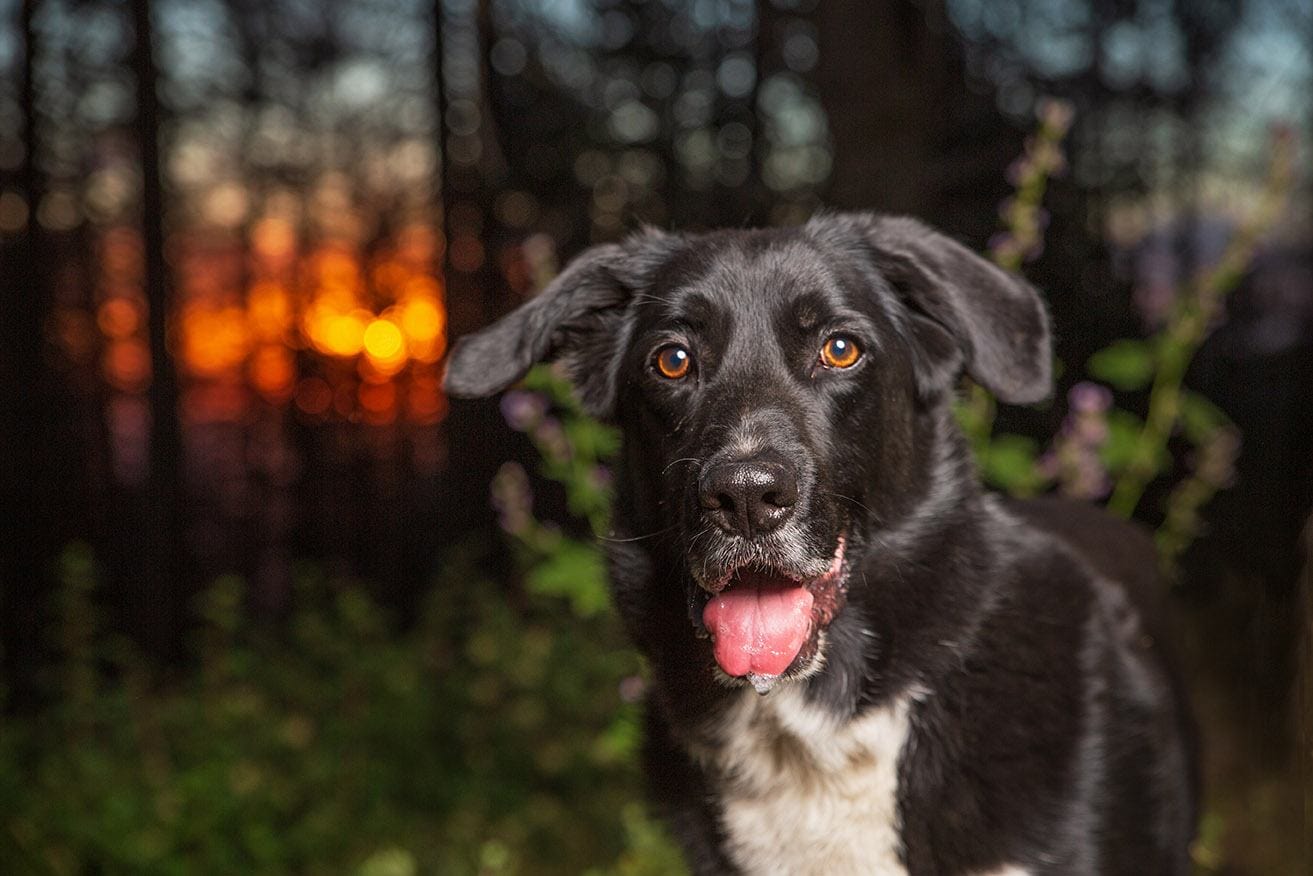






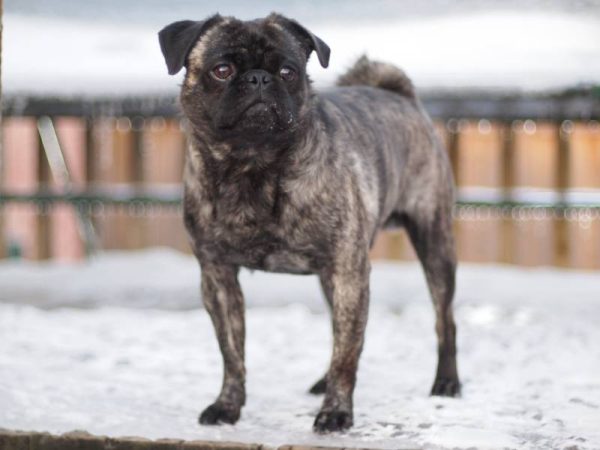
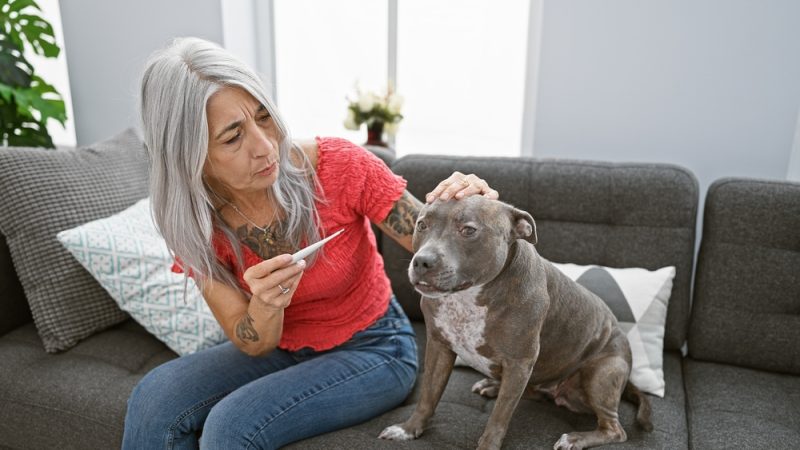

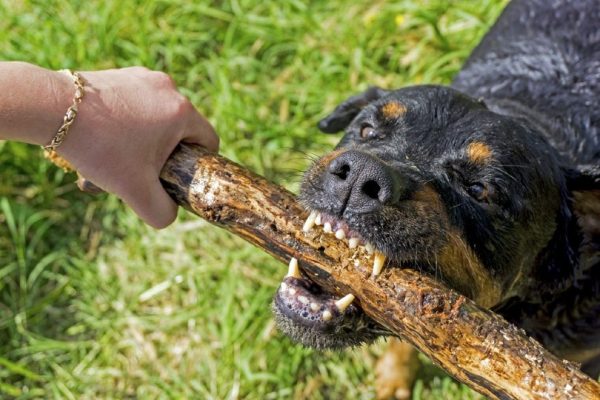









2 Responses
I have a female, she's all white. Your article described her perfectly! especially the high energy, she loves fetch! I have had her since she was four weeks old, her mother stopped nursing her. Her name is Princess Jamsine Josephine, but we just call her Jaz or Jazzy for short. She'll be 10 next April and I give her joint supplements for her hips, but she still plays fetch and loves the water, so going to the river and the lake is a must, also! I would upload a photo if I could, she's Beautiful.